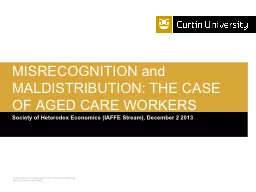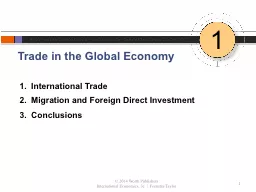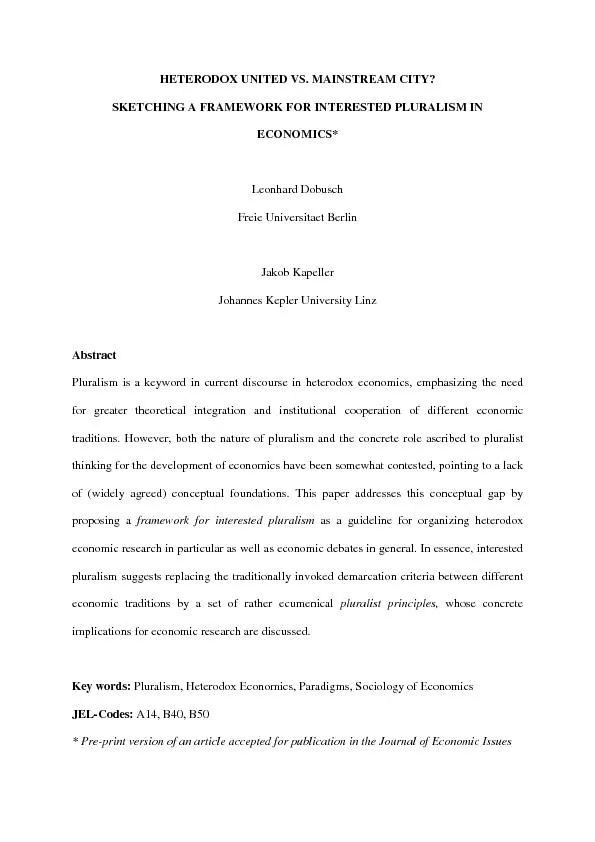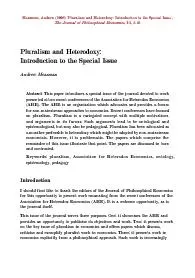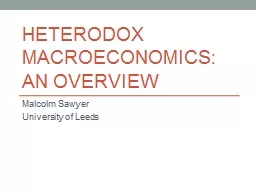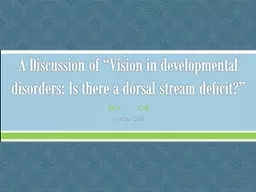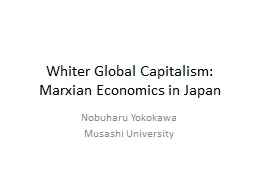PPT-Society of Heterodox Economics (IAFFE Stream), December 2 2013
Author : olivia-moreira | Published Date : 2018-02-27
MISRECOGNITION and MALDISTRIBUTION THE CASE OF AGED CARE WORKERS This paper uses the concept of recognition the acknowledgement of particular others and their
Presentation Embed Code
Download Presentation
Download Presentation The PPT/PDF document "Society of Heterodox Economics (IAFFE St..." is the property of its rightful owner. Permission is granted to download and print the materials on this website for personal, non-commercial use only, and to display it on your personal computer provided you do not modify the materials and that you retain all copyright notices contained in the materials. By downloading content from our website, you accept the terms of this agreement.
Society of Heterodox Economics (IAFFE Stream), December 2 2013: Transcript
Download Rules Of Document
"Society of Heterodox Economics (IAFFE Stream), December 2 2013"The content belongs to its owner. You may download and print it for personal use, without modification, and keep all copyright notices. By downloading, you agree to these terms.
Related Documents

